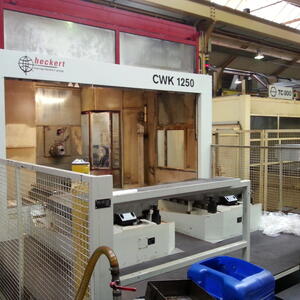
Drilling is a machine process to increase the inside diameter of a hole. The nature of this process is also called internal turning. While the original hole is formed with the help of a drill, it is the drilling tool that does the work! To buy quality used drilling machines, milling machines, you need to consider the following factors:
Straightness:
Over time, the straightness of the drill head tends to change. While minor inaccuracies in the machine head may still be acceptable, most minor corrections can prevent serious damage and costly repairs. Machine owners who do not pay attention to this rarely maintain their machine. If possible, check the used machine under power in production. Drills, especially the longer ones, tend to run off-centre and tend to cut at a slight angle. Due to the eccentric forces acting on the piece during drilling, sometimes major damage can occur due to weak points in the material. Angular drilling is also possible if the drill is not sharpened evenly.
Runout:
Depending on the accuracy of the jig or fixture, it takes accurate runout of the drill to create a hole whose outside diameter is concentric. The best results are obtained when the task is performed in one pass.
Cutting forces:
While the machine is in operation, the machine is prone to conditions such as tangential force and the radial cutting force. These two forces will try to move the tool away from the workpiece causing some deflections.
Set geometry:
While buying a used drilling and milling machine, the geometry of the insert brings along the highest impact on the quality of the cutting process and the resulting piece afterwards. In simple terms, a positive insert will have a positive rake angle. The edge angle of the insert and clearance angle should together be less than 90 degrees.
A positive rake angle will bring the tangential cutting force down by a large margin. However, a positive rake angle is obtained at the expense of clearance angle.
A small clearance angle makes the tool and workpiece vulnerable to the risk of abrasion. The resulting friction in turn can give rise to vibration. On the other hand, if the tilt angle is large and the clearance angle is small, the resulting cutting edge will be sharper. While the sharp cutting edge goes through the material with more ease, it is also more prone to getting altered or damaged by uneven wear of its edge.
Now that you know what to look for, and how to check out a used drilling and milling machine, we recommend you speak to a few experts as well. There are many online used machine dealers that can guide you to make an informed decision, but also take care of all inspection and quality parameters of the machine. After all, your business is only as efficient as the machines you use.
